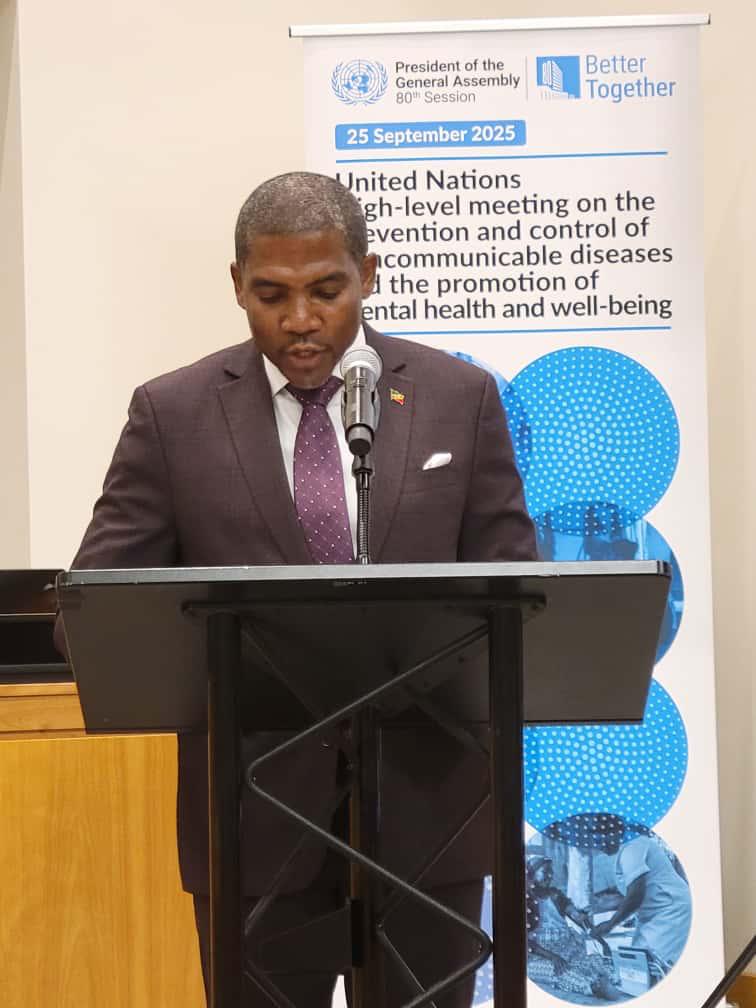CDB Initiates Rainfall Intensity-Duration-Frequency Curve Development Project with Regional Stakeholder Collaboration
The Caribbean region, acutely vulnerable to the escalating impacts of climate change, particularly extreme weather events like flooding, is taking proactive steps to bolster its resilience. The Caribbean Development Bank (CDB) and the Caribbean Institute for Meteorology and Hydrology (CIMH) have embarked on a collaborative project to enhance the region’s infrastructure against these growing threats. This initiative, titled the “Development of Rainfall Intensity-Duration-Frequency (IDF) Curves” project, aims to equip 19 borrowing member countries (BMCs) with essential data and tools for designing climate-resilient infrastructure. This project underscores the growing recognition of the importance of climate change adaptation in safeguarding the Caribbean’s sustainable development.
The core of the project involves generating updated rainfall IDF curves for each BMC. These curves provide crucial statistical representations of the relationship between rainfall intensity, duration, and frequency of occurrence. By incorporating historical rainfall data and future climate projections, these curves allow for more accurate estimations of potential rainfall extremes, enabling engineers and planners to design infrastructure, particularly drainage systems and flood control mechanisms, that can withstand more intense rainfall events. This proactive approach to infrastructure design marks a shift from reactive disaster management to proactive risk reduction, ultimately minimizing the social and economic disruption caused by extreme weather.
The project officially commenced with a virtual workshop held on February 14, 2025, gathering key stakeholders, including government officials, meteorological and hydrological experts, and representatives from the CDB and CIMH. The workshop emphasized the critical importance of collaboration and stakeholder engagement in ensuring the project’s success and the effective integration of its outputs into regional planning and design processes. This collaborative approach ensures that the project’s outcomes are tailored to the specific needs and vulnerabilities of each BMC, maximizing the project’s impact across the region.
Leading figures from both the CDB and CIMH have highlighted the project’s significance in the fight against climate change impacts. Dr. David Farrell, Principal of the CIMH, underscored the project’s role in mitigating the societal impacts of current and future extreme weather. He emphasized the project’s proactive approach to climate change adaptation, recognizing the need to prepare for increasingly frequent and intense weather events. Mr. Shawn Boyce, Chief Hydrologist at CIMH and the project’s Technical Lead, stressed the importance of sustained stakeholder engagement for ensuring the project’s results are effectively incorporated into regional planning and design practices. He underscored the need for active collaboration among all stakeholders to maximize the project’s long-term benefits.
Mr. William Ashby, CDB’s Division Chief of the Economic Infrastructure Division, articulated the project’s broader implications for the region, highlighting the Caribbean’s pronounced vulnerability to hydro-meteorological hazards. He emphasized that the project’s tools, coupled with increased public awareness, will significantly enhance the region’s capacity to develop effective drainage and flood protection systems. This, in turn, will contribute to reducing the risks of social and economic losses associated with climate change impacts. The project represents a crucial investment in building resilience within the Caribbean’s infrastructure, contributing to long-term sustainable development goals.
Scheduled to span 18 months, the project will deliver customized rainfall IDF curves tailored to each BMC, incorporating climate change projections to account for potential shifts in rainfall intensity and frequency. This comprehensive dataset will contribute to improved disaster preparedness, fostering a more proactive approach to managing extreme weather events. The project’s ultimate aim is to safeguard lives and livelihoods throughout the Caribbean by enhancing infrastructure resilience. The initiative also involves a public awareness component to educate communities about the importance of climate adaptation and the role of resilient infrastructure. This comprehensive approach ensures that the project’s benefits extend beyond technical advancements to empower communities to prepare for and mitigate the risks of climate change.
Share this content:












Post Comment